Flush casement windows are a popular style of windows in the UK. Versatile, with a contemporary appearance, despite dating back to the 19th Century, flush casement windows offer many benefits to the discerning homeowner. Not only are they energy-efficient and secure, but they require little maintenance and can increase the flow of natural light into your home.
We have covered flush casement windows in a previous blog. However, we concentrated on how to choose the perfect flush casement windows for your home. Today, we are here to answer more of your questions about flush casement windows.
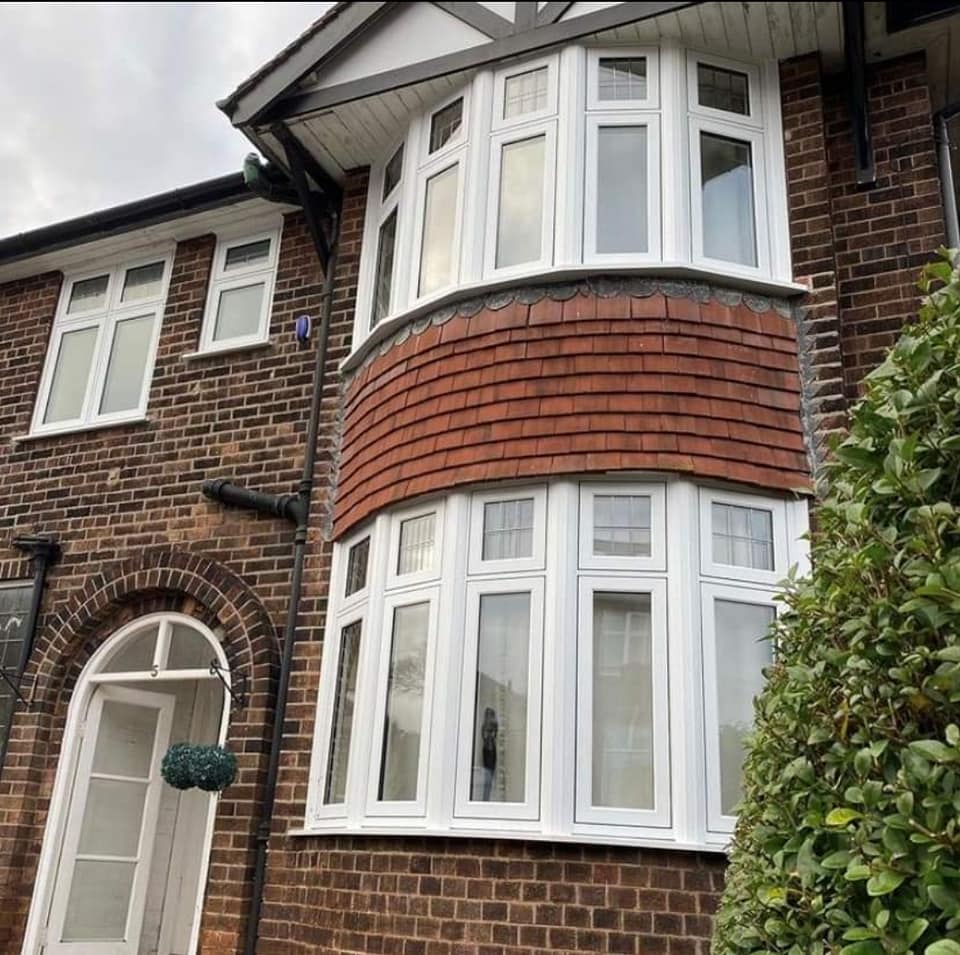
How do flush casement windows differ from other types of windows?
The main types of windows are casement windows, sliding windows, and sash windows.
Casement windows operate on vertical or horizontal hinges, usually swinging outwards. The tilt and turn variety are slightly different, opening inwards. You can have single casement windows, which open like a door or double casement windows, which open outwards from a central post running vertically between the windows, called a mullion.
Both varieties of traditional casement windows have a ‘lip’ that sees the openable window sections ‘hang’ over the frame.
Flush casement windows are so named because they sit flush with the frame, creating a clean and unfussy look that blends in with most architectural styles. Flush casement windows are typically more expensive than traditional styles.
Sash windows traditionally use a pulley and weight system, while sliding windows open using partially-hidden tension springs.
What are the benefits of flush casement windows?
The many benefits of flush casement windows include:
- Highly secure
- Energy-efficient
- Offer excellent ventilation
- Offer uninterrupted views when open
- Give a sleek and minimalist look
- Can be customised
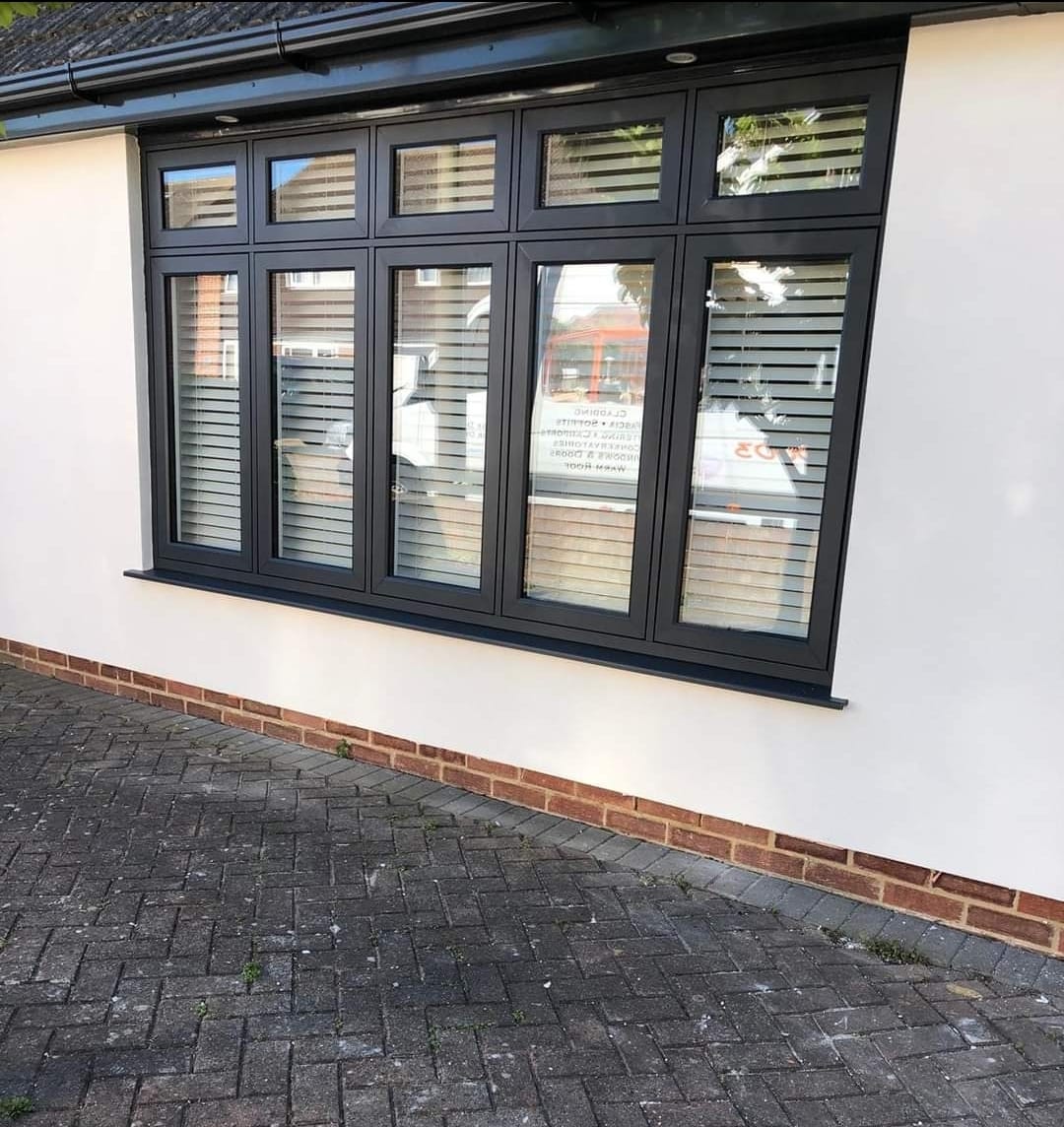
What materials are flush casement windows made from?
The most common materials for flush casement windows are UPVC, timber and aluminium. Each material offers advantages and potential drawbacks.
UPVC Pros
- Affordable
- Last around 20-25 years
- Doesn’t warp
- Customisable
UPVC Cons
- Harder to repair
- Less sustainable
- Less resilient
- Can discolour over time
- Not as long-lasting as timber or aluminium
Timber Pros
- Traditional
- Attractive
- Natural insulator
- Long-lasting (25-50 years)
- Easier to repair than UPVC
- Customisable
Timber Cons
- Most expensive option
- Requires more maintenance
- Can weather, warp and rot if not properly cared for
Aluminium Pros
- Highly durable
- Long-lasting (25-30 years)
- Abundant natural material
- Infinitely recyclable
- Eco-friendly manufacturing
- Can be made in most shapes and sizes
- Narrow sightlines for better views
- Customisable
Aluminium Cons
- Not as thermally efficient as other materials – thermal break technology fixes this problem
You may also find composite flush windows where the frames are made from a combination of materials, such as timber and aluminium.
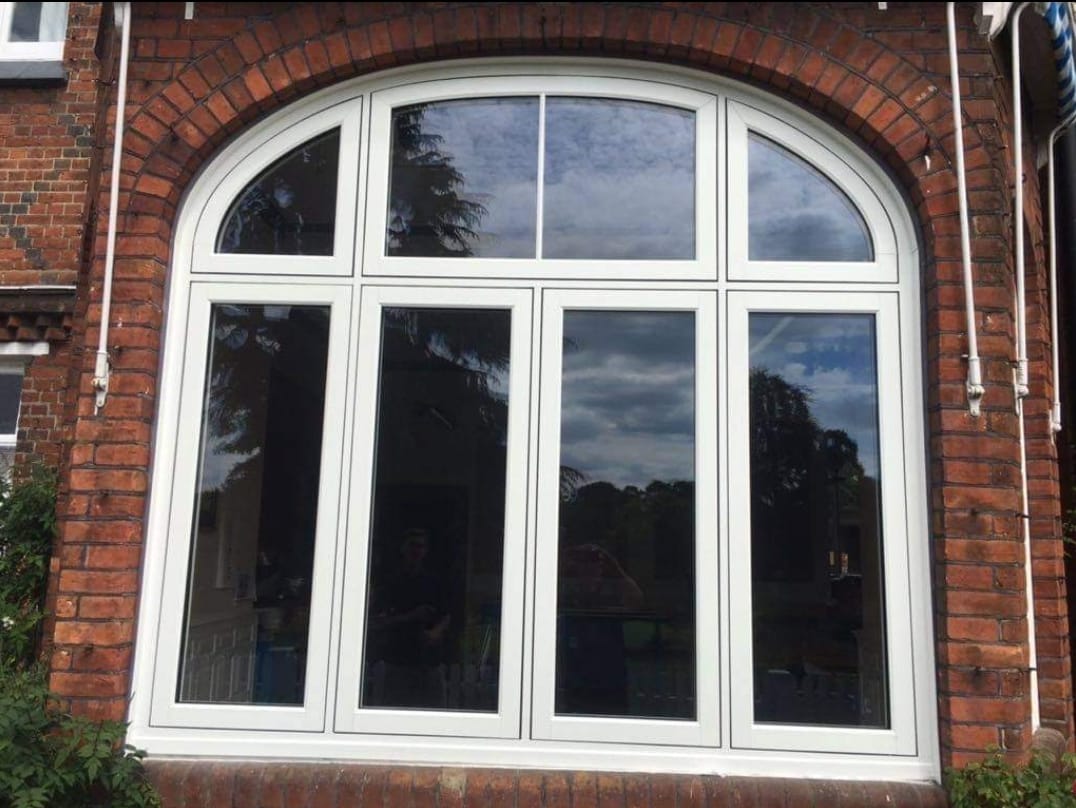
Are flush casement windows energy efficient?
Yes. Either double or triple-glazed, our flush casement windows feature gaps between the panes filled with an inert gas such as Argon for better insulation.
The airtight seals eliminate draughts and increase security, with the added benefit of noise reduction.
Experts estimate that flush casement windows can save you up to 28% a year on your heating bills. This saving also means a much lower carbon footprint so it’s better for the planet too.
How secure are flush casement windows?
All our windows and doors are made to British Police security standards. However, flush casement windows have a slight advantage over other types of windows. Due to the lack of lip, access points are severely limited, making it even more difficult to break in.
At Manchester Window Factory, we offer toughened, laminated glass in all our window designs. You can also increase the security with multi-point locking systems or Ultion door barrels.
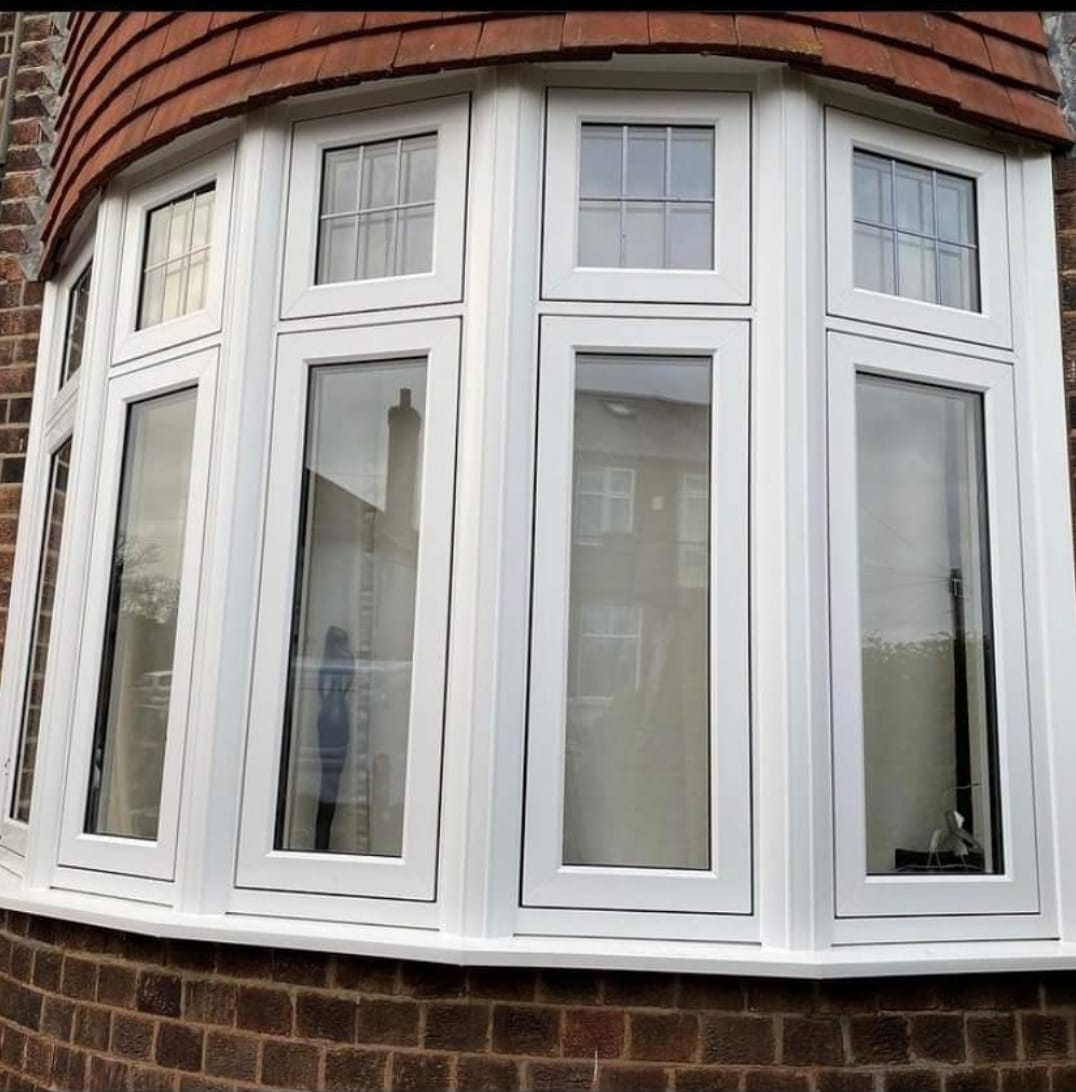
Can flush casement windows be customised?
Absolutely. One of the drawbacks of flush casement windows in the past was that they tended to all look the same, particularly UPVC ones. These days, you can customise your flush casement windows in several ways:
- The material of the frame
- ‘Invisible’ welds or with a mock mortise and tenon joint
- The choice of glazing
- The colour
- The finish
- The hardware
The standard colour for UPVC flush casement windows is white, but we also offer shades like cream, black, and anthracite grey, plus wood grains such as golden oak to mimic the appearance of traditional timber windows. If you have your heart set on a particular colour, we can colour-match it to any RAL paint or powder coating.
How do flush casement windows impact the aesthetics of a home?
Properly fitted and maintained flush casement windows have curb appeal. Although they look modern, they were popular in the Georgian, Victorian and Edwardian periods and can be part of a period look. They also slide seamlessly into a Scandi aesthetic.
With the many customisation options available, you can make a statement or blend with your existing architecture and decor.
On the flip side, incorrectly fitted flush casement windows can look messy and will not function properly. Without the lip, there is less margin for error, so it is recommended you hire a professional fitter.
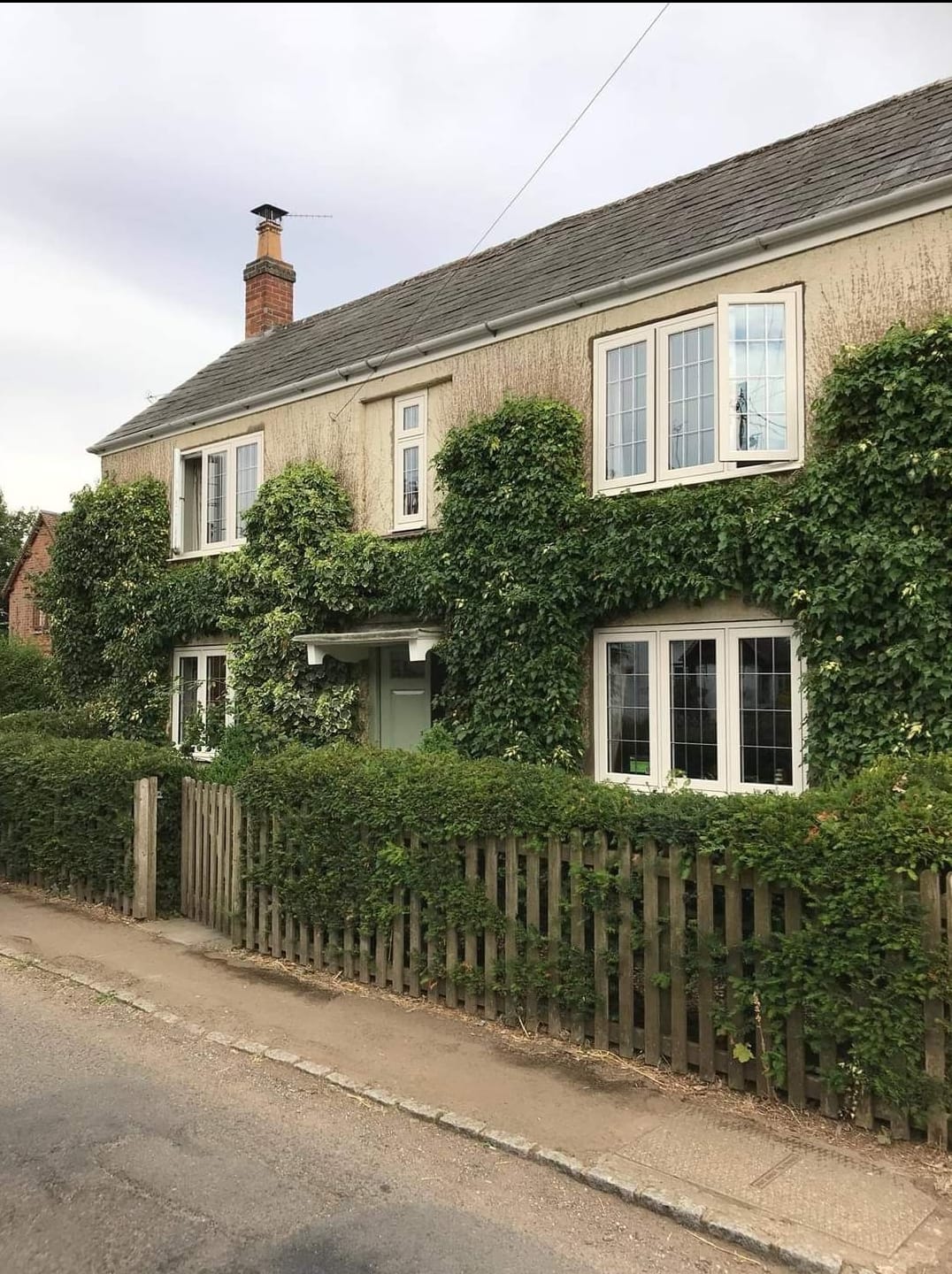
What is the cost of installing flush casement windows?
The cost of installing flush casement windows is determined by:
- The number of windows
- The size of the windows
- The choice of glazing
- The frame material
- Ease of access
- Condition of the existing windows
- The A+ – E rating
The average cost of flush casement windows in the UK is around £410 – £2,100 per window. Compare that to approximately £160 – £900 for a traditional casement window.
However, flush casement windows remain a cheaper option than flush sliding sash windows.
This price is for the windows only and does not include installation. Window fitting costs may vary depending on the complexity of the design and your location within the UK, as some areas have higher labour costs.
When choosing replacement windows, consider the initial cost versus the long-term value. For example, you will pay more upfront for A or A+-rated windows than B or C-rated windows, but you may find higher savings on your energy bills due to better insulation and energy efficiency.
How long do flush casement windows last?
Properly installed, high-quality flush casement windows, such as those at Manchester Window Factory, usually last 20-30 years, depending on the material of the frame. This estimate includes proper maintenance.
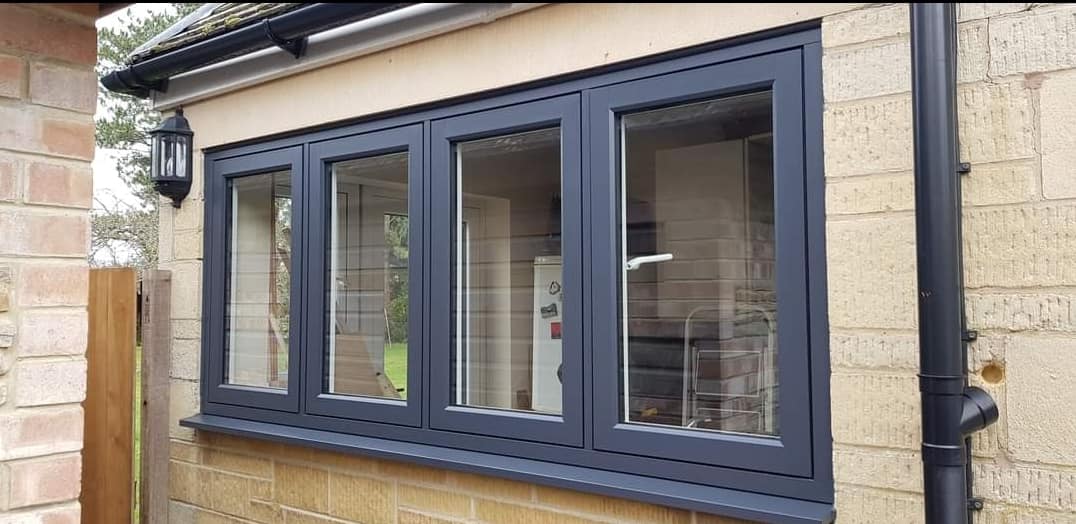
What are the installation steps for flush casement windows?
The step-by-step process of installing flush casement windows is as follows:
- Remove old windows
- Measure and prepare the opening
- Insert and secure the new frame
- Insulate and seal any gaps
- Install the window sashes
- Clean the window, including the glass and frame
Are flush casement windows suitable for all types of homes?
Flush casement windows suit most homes, both modern and period properties. However, if you live near the coast or in an area with regular/heavy storms, stormproof casement windows may be a better option.

What are the potential drawbacks of flush casement windows?
The main drawbacks of flush casement windows are:
- They have a higher price tag than standard casement windows
- They require professional installation
- There are some size limitations – the sash needs to be light enough to support the weight when the window is open
- They are not practical if storm screens are required
- They may get dirtier quicker without a lip to catch debris
- They are harder to repair as replacement parts can be hard to acquire and/or expensive
Can flush casement windows be repaired easily?
Yes, the simple design makes most repairs relatively easy. However, some materials are harder to repair than others. You may also struggle to get some replacement parts easily.
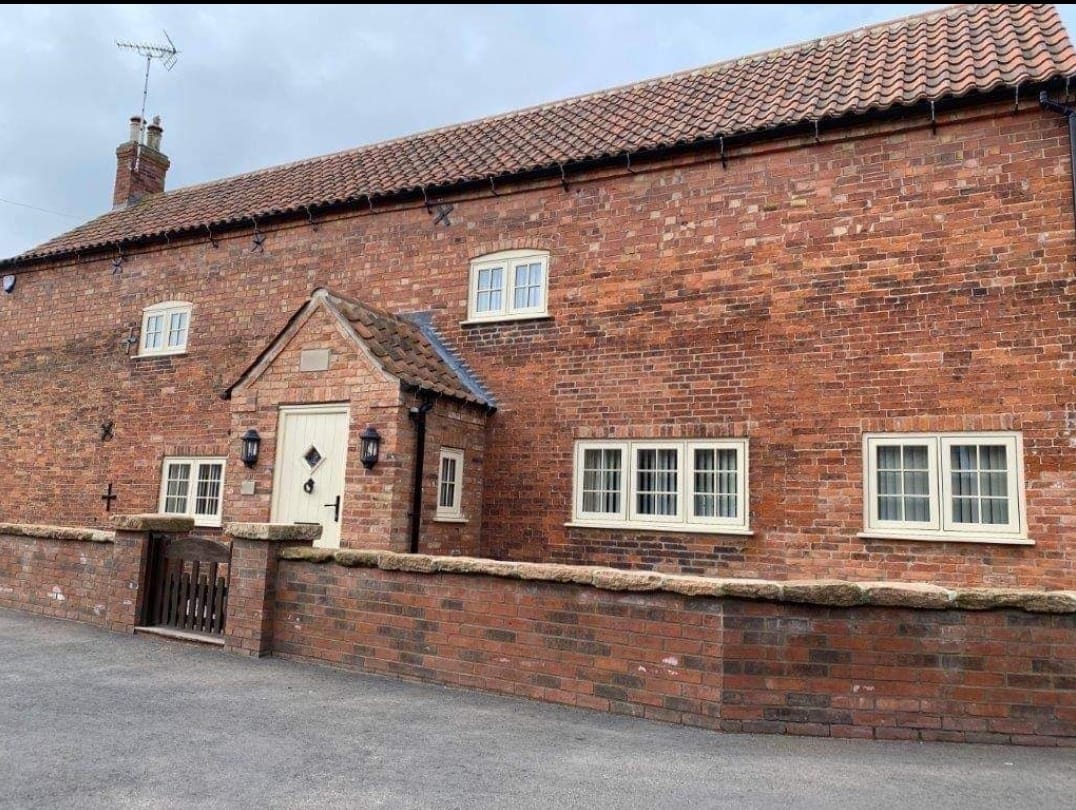
What kind of warranty is typically offered with flush casement windows?
A typical warranty will last 10-20 years and cover defects in materials and installation.
Conclusion
Thermally efficient, secure, versatile and minimalist, flush casement windows offer many benefits to UK homeowners. However, they are more expensive than traditional casement windows and may not be suitable for every home. If you live
Whether you choose flush, traditional casement windows, or a different style will depend as much on the look you are trying to achieve as your budget.
Personal preference is often the deciding factor. The final decision will reflect your priorities – upfront cost versus long-term value, clean lines or a more decorative appearance, and easy cleaning over slightly more maintenance.
Whatever you choose, Manchester Window Factory’s CERTASS-accredited team of in-house fitters will be there to help.
Get In Touch Today
At Manchester Window Factory, we are experts in providing and installing the highest quality UPVC, aluminium and timber windows. We can talk you through your options and offer a free, no-obligation quote for your consideration. We also offer a pay monthly scheme to help you spread the cost. If you would like further information on any of our products or services, please don’t hesitate to get in touch.
We look forward to hearing from you!




